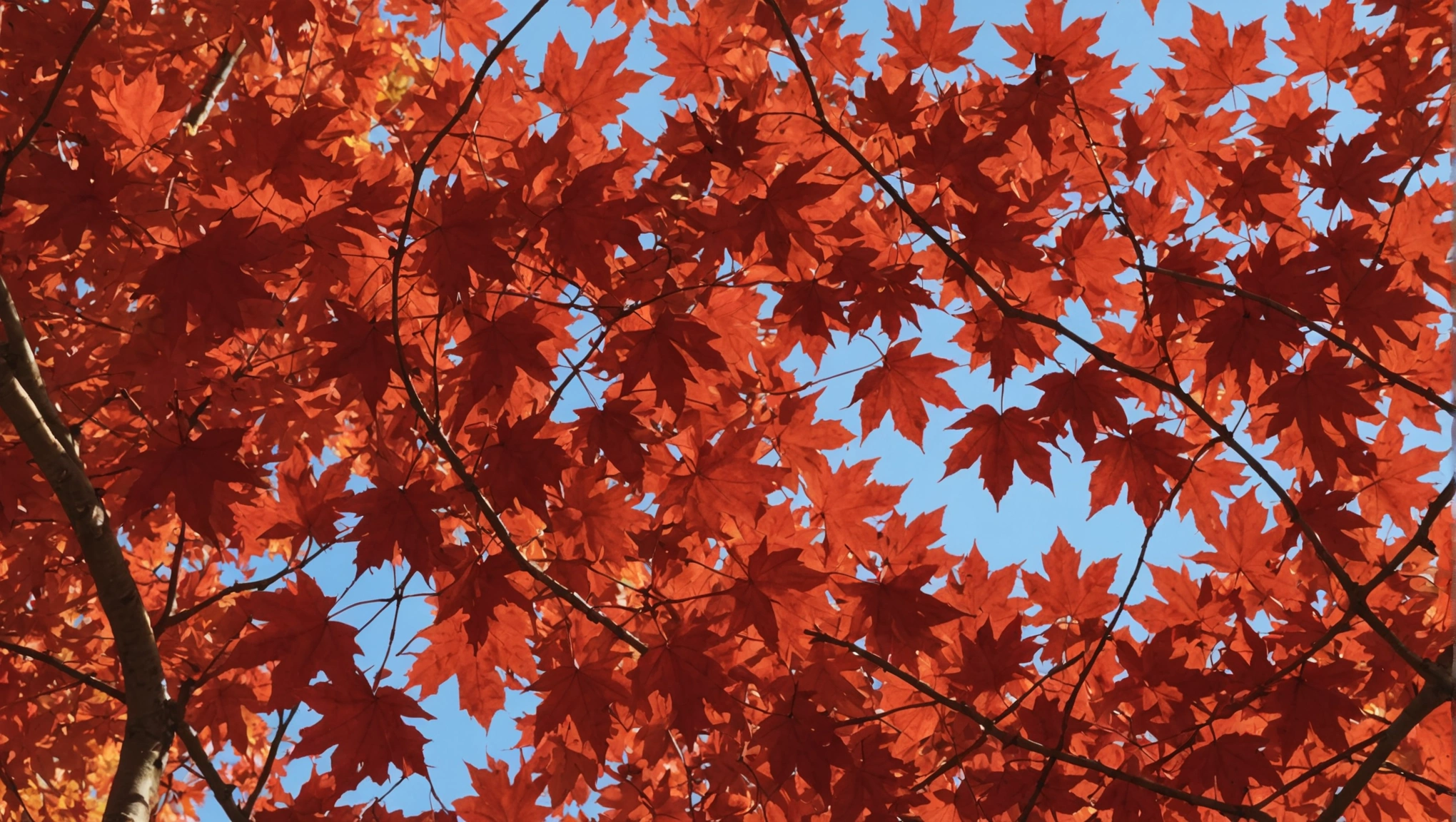The Hidden Chemistry Behind Nature's Most Spectacular Color Show.
- Andre Gaudet

- Nov 1, 2024
- 3 min read
By 2050, peak fall colours could arrive up to two weeks later in some regions, with potential changes in intensity and duration.
Read on to see why.

As autumn descends upon us, we witness one of nature's most magnificent transformations – the spectacular changing of leaf colours. What appears as simple beauty to our eyes is an intricate biochemical process that has fascinated scientists for generations.
The Green Curtain Falls
During spring and summer, leaves serve as natural solar panels, packed with chlorophyll – the pigment responsible for their green colour. This remarkable molecule is essential for photosynthesis, converting sunlight into energy that trees need to survive. Research published in the Journal of Chemical Education (2018) shows that a single leaf contains millions of chlorophyll molecules, each capable of converting light energy into chemical energy hundreds of times per second.
But as days grow shorter and temperatures drop, trees begin preparing for winter dormancy. This process, scientifically known as senescence, triggers a fascinating chain of biochemical events.
The Hidden Colors Emerge

What many don't realize is that the brilliant autumn colours are present in leaves all year round – they're simply masked by chlorophyll's dominant green. As published in Nature Chemical Biology (2021), three main groups of pigments create the fall spectrum:
1. **Carotenoids** (Yellow and Orange):
- Present throughout the growing season
- Include compounds like beta-carotene and xanthophyll
- Extremely stable molecules that degrade more slowly than chlorophyll
- Provide essential photoprotection for plants
2. **Anthocyanins** (Red and Purple):
- Actively produced by trees in autumn
- Function as a natural sunscreen for leaves
- Help trees recover nutrients before leaves fall
- Their production is influenced by sunlight and temperature
3. **Tannins** (Brown):
- Present all season but only visible after other pigments break down
- Protect against insects and fungi
- Contribute to the final colours before leaves fall
The Environmental Symphony

The intensity and timing of fall colours depend on a complex interplay of environmental factors. Research from the Harvard Forest Long-Term Ecological Research site has shown that:
- Temperature: Cool nights (below 45°F/7°C) combined with sunny days produce the most vibrant reds
- Moisture: Adequate rainfall during the growing season followed by a dry autumn intensifies colours
- Sunlight: Clear, sunny days promote sugar production, leading to more anthocyanin formation
A 2022 study in Global Change Biology revealed that climate change is affecting this delicate balance, gradually shifting peak fall colours and potentially impacting their intensity.
The Survival Strategy

What we perceive as nature's art show is a sophisticated survival strategy. Before leaves fall, trees reabsorb valuable nutrients – a process called nutrient resorption. According to research published in Tree Physiology (2020), a single mature maple tree can recover and store enough phosphorus and nitrogen from its leaves to produce and maintain several thousand new leaves the following spring.
The production of anthocyanins, which create those brilliant reds, serves multiple purposes:
- Protects leaves from sun damage during nutrient recovery
- Acts as an antifreeze compound
- Deters insect pests
- May help combat oxidative stress
The Future of Fall Colors
As our climate continues to change, scientists are closely monitoring how these shifts affect fall foliage.
By 2050, peak fall colours could arrive up to two weeks later in some regions, with potential changes in intensity and duration. National Center for Atmospheric Research
This reminds us that autumn's display isn't just a beautiful spectacle – it's a vital indicator of ecosystem health and environmental change. Every red maple leaf and golden aspen represents millions of years of evolutionary refinement, a testament to nature's extraordinary complexity and efficiency.
The next time you admire autumn's palette, remember you're witnessing not just a colour change, but a masterpiece of biochemistry in action. As leaves paint the landscape in warm hues, they remind us of nature's remarkable ability to combine practical survival strategies with breathtaking beauty.






















































































Comments